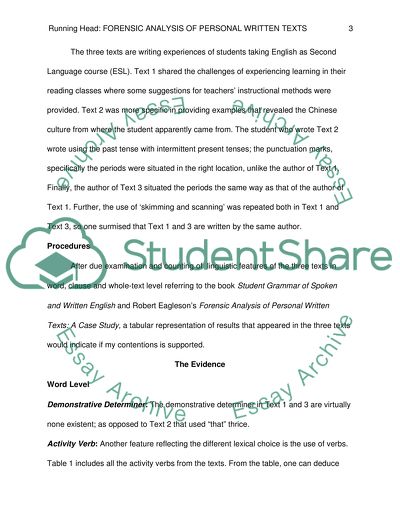Cite this document
(“Forensic Analysis of Personal Written Texts Research Paper - 1”, n.d.)
Retrieved from https://studentshare.org/english/1432872-forensic-analysis-of-personal-written-texts
Retrieved from https://studentshare.org/english/1432872-forensic-analysis-of-personal-written-texts
(Forensic Analysis of Personal Written Texts Research Paper - 1)
https://studentshare.org/english/1432872-forensic-analysis-of-personal-written-texts.
https://studentshare.org/english/1432872-forensic-analysis-of-personal-written-texts.
“Forensic Analysis of Personal Written Texts Research Paper - 1”, n.d. https://studentshare.org/english/1432872-forensic-analysis-of-personal-written-texts.


